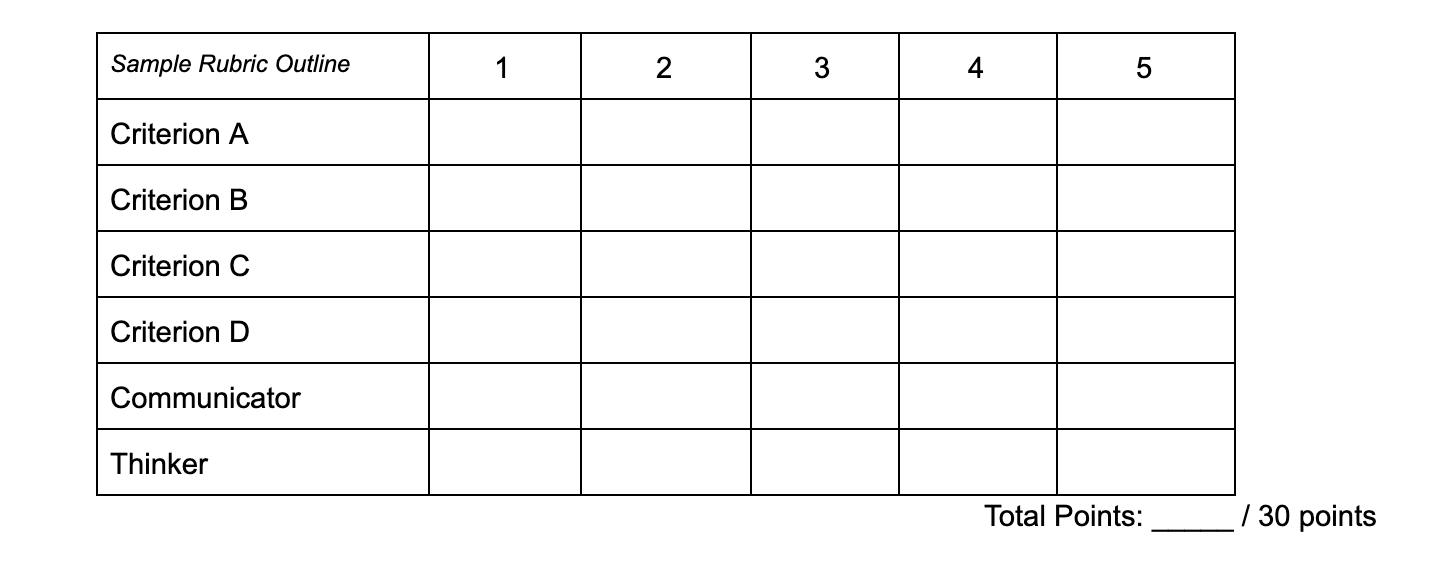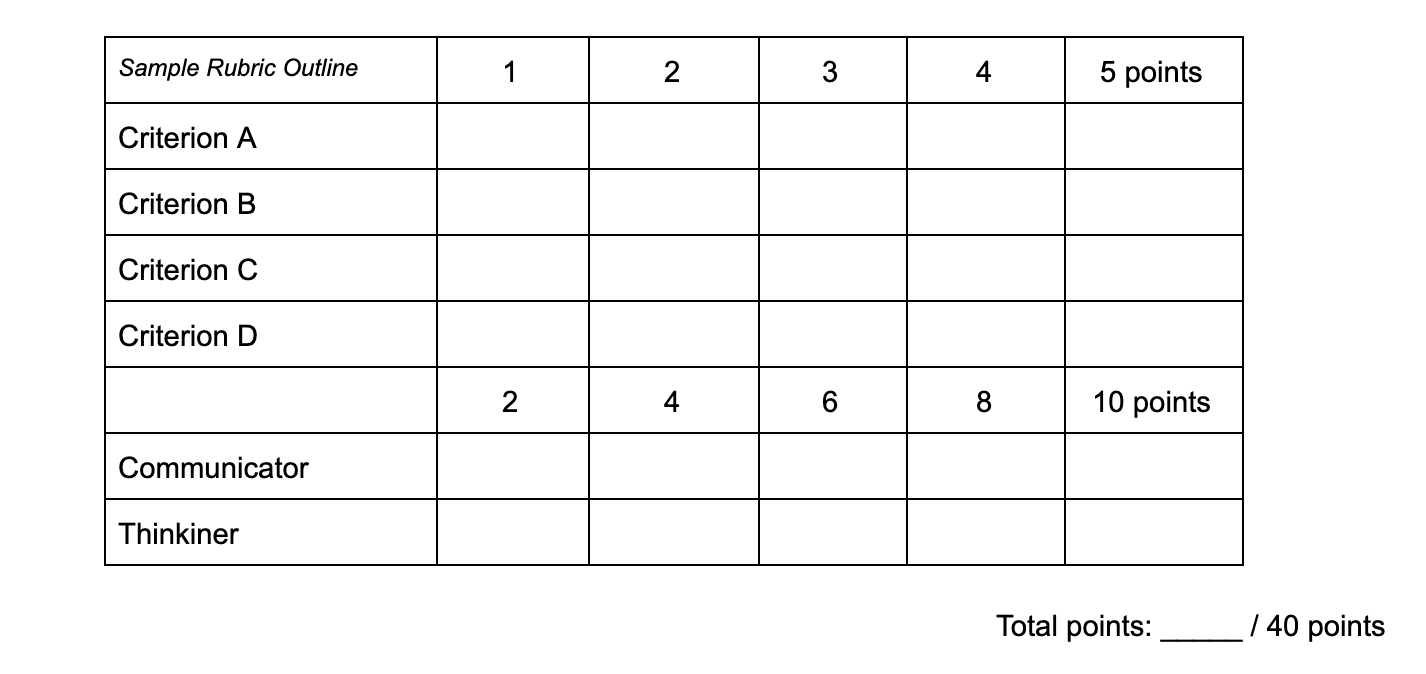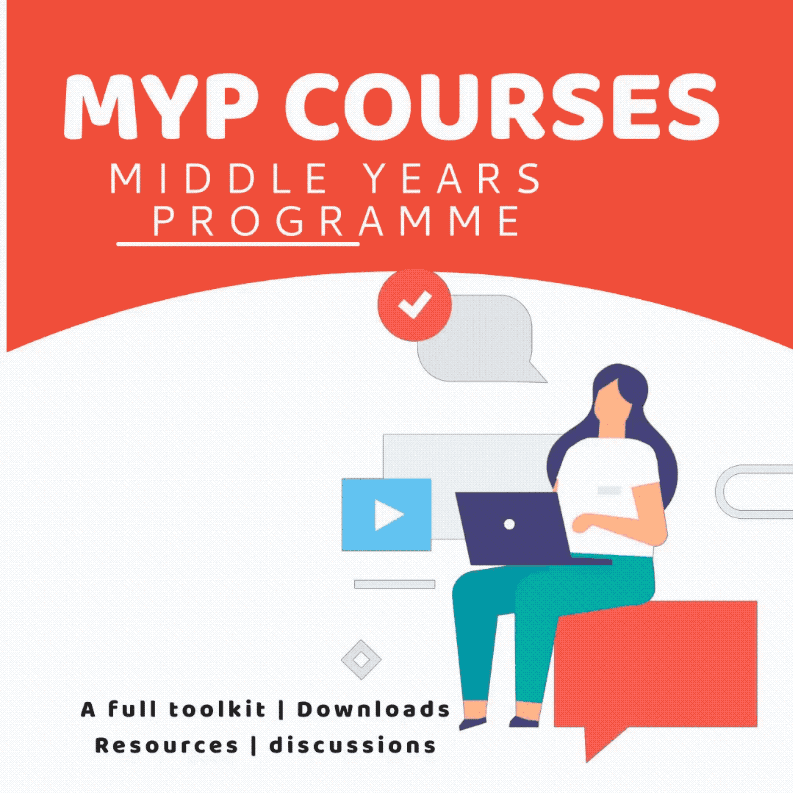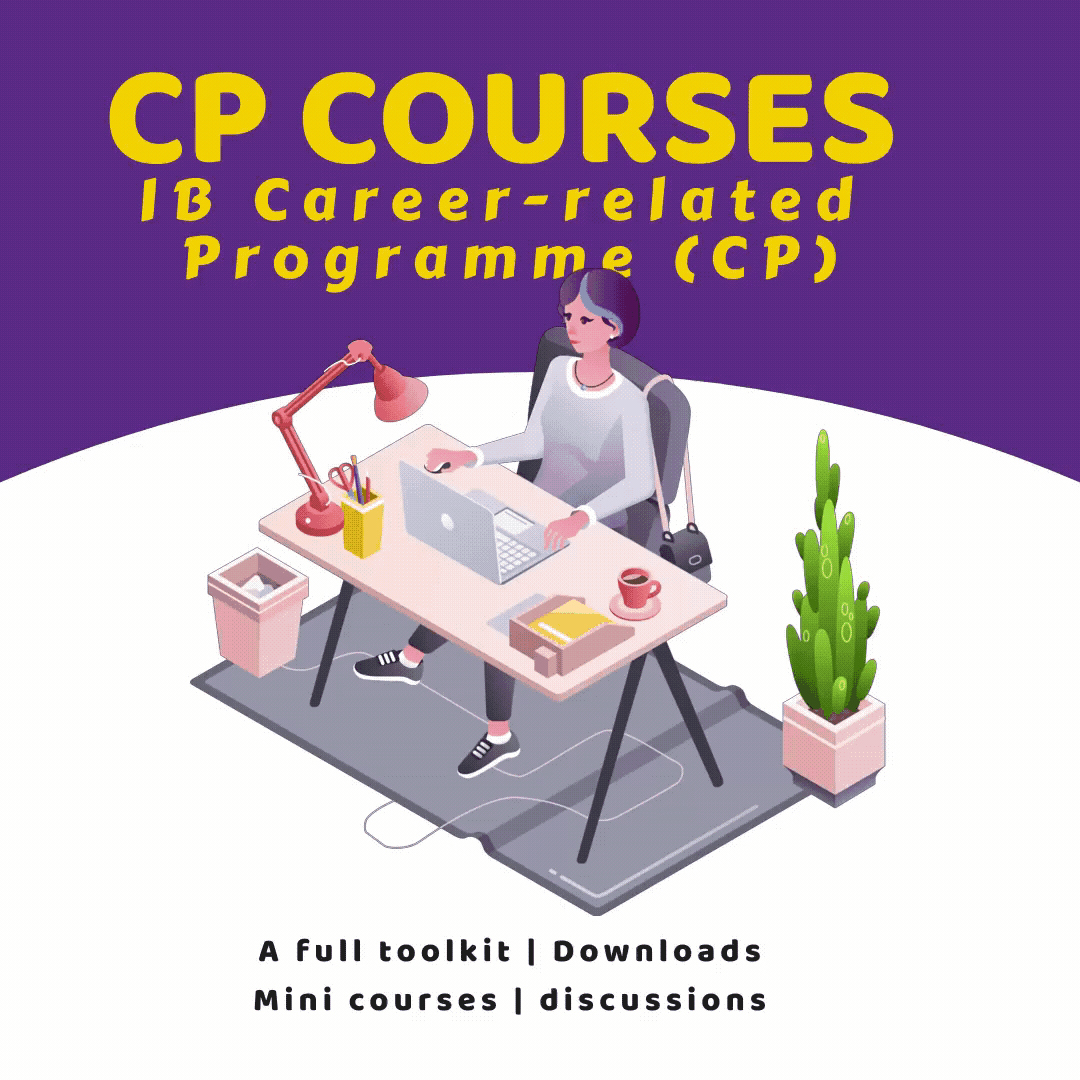1. Curve the rubricFirst I look through the rubric and think about what an “A” in my classroom looks like for this rubric. Perhaps I would expect an “A” to be a 20/30 on the rubric. I then make that 100%. I do the same for a B, C, D, and F. Afterwards I may have something that looks like this:
| A |
20/30 |
| B |
17/30 |
| C |
15/30 |
| D |
13/30 |
| F |
11/30 |
After you have decide what score constitutes each grade, fill in the rest of the grades like this: 19/30 = A-, 18/30 = B+ and so forth. So your curve might look like this:
| A+ |
21-30 |
| A |
20 |
| A- |
19 |
| B+ |
18 |
| B |
17 |
| B- |
16 |
| C |
15 |
| C- |
14 |
| D |
13 |
| D- |
12 |
When grading your students, give them their raw IB score with the rubric along with this curved grade. Throughout the year you could change your curve as well -- perhaps at the beginning of the year an A is a 15/30, instead of a 20/30 and as you continue working in class on this assessment, your curve gets a little harder and harder.
2. Add components to the rubricThis is another great way to “curve” the IB rubric for students.
Think about the assessment you are giving and look at the ATL, ATT, and/or Learner Profile to see what skills and attributes you want students to focus on for this activity. Then add it to the IB rubric. For example, if I’m creating a rubric for a practice exam Paper 1 essay in IB Literature, I can use the IB rubric in the subject guide, but then add communicator from the Learner Profile because I want the students to really focus on how they are communicating their thoughts in written form for the reader; and thinking from the ATL to emphasize the importance of analyzing, evaluating, and creating meaning after reading this unseen text. My rubric then may look like this:

A variation of the above rubric would be to add different types of points for the added criterion, like this:

With either of the rubrics above, the student can see their raw IB score but also are graded on criteria that are easier to receive full credit on.






